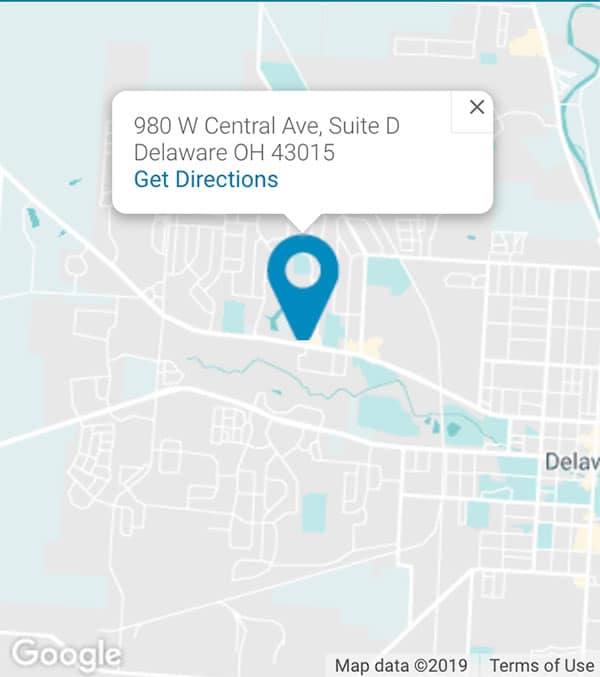Early Treatment
Orthodontic treatment can be successful at any age. However, there are many instances where it is more effective to do it early. The goal of early treatment is to intercept a problem while a patient is young before it causes more difficult- and often irreversible- issues in adulthood.
What are the reasons my child needs Early/Phase 1 Treatment?
Early treatment, or Phase 1, is often indicated with:
- Severe crowding
- Crossbites
- Underbites
- Premature loss of baby teeth
At What Age Should a Child First Go to the Orthodontist?
The American Association of Orthodontists recommends that children see an orthodontist by age 7.
Types of Early Treatments
Early treatments often use special appliances. These appliances may or may not be used in conjunction with braces. Common types of appliances used in early treatment include:
- Palatal Expander - A palatal expander makes the upper jaw (maxilla) wider. This is often used to correct crossbites. By making the maxilla wider, palatal expanders also increase the space available for permanent teeth.
- Bluegrass Appliance - The Bluegrass Appliance is a pain-free method to help children stop sucking their thumbs. At the latest, thumb-sucking should be stopped before the eruption of permanent teeth. The habit can lead to profound changes with the teeth and jaws.
- Holding Arch - A holding arch maintains the existing space in the mouth. It is often used when a baby tooth is lost prematurely or to preserve "Leeway Space" (the space that is gained when a large baby tooth is replaced by a smaller adult tooth).


